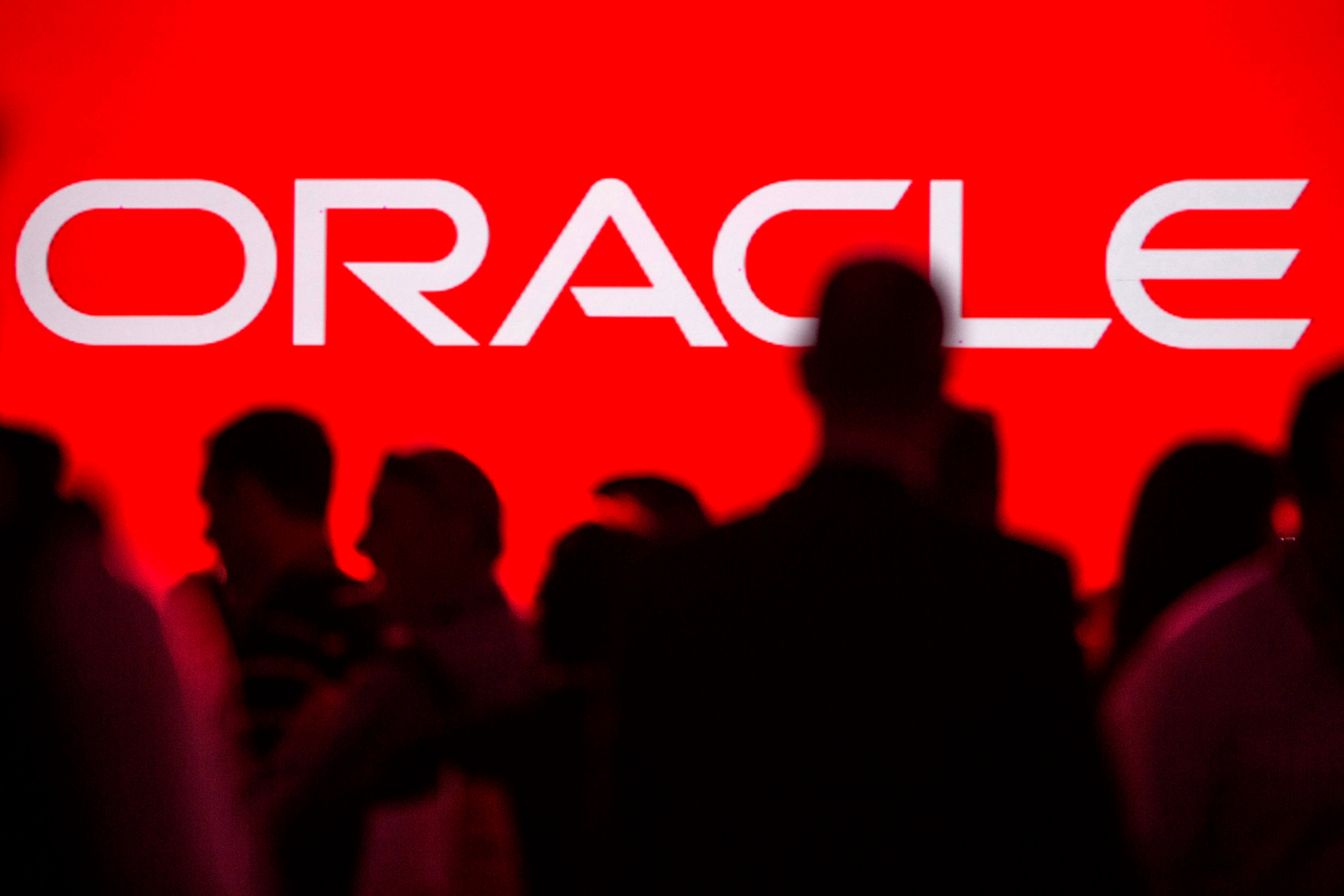
Larry Ellison co-founded Oracle Corporation in 1977 with Bob Miner and Ed Oates under the name Software Development Laboratories (SDL).[citation needed] Ellison took inspiration from the 1970 paper written by Edgar F. Codd on relational database management systems (RDBMS) named "A Relational Model of Data for Large Shared Data Banks." He heard about the IBM System R database from an article in the IBM Research Journal provided by Oates. Also derived from Codd's theories, Ellison wanted to make Oracle's product compatible with System R, but failed to do so as IBM kept the error codes for their DBMS a secret. SDL changed its name to Relational Software, Inc (RSI) in 1979,then again to Oracle Systems Corporation in 1982,to align itself more closely with its flagship product Oracle Database. At this stage Bob Miner served as the company's senior programmer. On March 12, 1986, the company had its initial public offering.In 1995, Oracle Systems Corporation changed its name to Oracle Corporation
Students will be able to create Oracle Project, information and be able to create easy to oracle data base .
Originally, the only documentation for oracle was a data base server designed for web development. oracle development began in 2004 , known to many oracle as the "oracle" because of its cover, was published and became the de facto reference for the language. At the same time, the oracle version but to identify the version that was well documented by the book.
History"The history of orcle begins with the first product – In 2004, Oracle Corporation shipped releas, known to many oracle as the "oracle" because of its cover, was published and became the de facto reference for the data base.."
Great AchievementThe ability to write the Php language — the cornerstone of all Php operations — is essential for anyone who develops Php applications. In this training course, you learn how to optimize the accessibility and maintenance of data with the Php programming language, and gain a solid foundation for building and manipulating of Php programming.
Writing Advanced Oracle Queries
Writing Oracle Queries
Writing Oracle Queries with Oracle Server Management Studio
Powerful Oracle Queries for Oracle Server
Writing Stored Procedures
Querying Oracle Server 2016 Data with Transact-SQL
Developing Oracle Server 2016 Databases
Difference between CTE and Temp Table and Table Variable
Calculate Running Total, Total of a Column and Row
Understanding Case Expression in SQL Server with Example
How to insert values to identity column in SQL Server
Drop all tables, stored procedure, views and triggers
Mock Tests & Assignments
Each Module will be followed by objective mockup tests and practical assignments which help you to monitor your learning progress and Evaluate yourself.
Support Any Device such as Desktop,Laptop,Mobile, on Any DeviceYou get 365 days access to the Learning Management System (LMS). This includes video, course material, exercise files and ppts used during the session.
24x7 SupportCustomer is responsible for paying all Federal, State and Local Taxes.
ContentE-Learning Center does not guarantee the accuracy of the content. E-Learning Center is not responsible for any issues that may arise as a result of information that is received from our courses.
Payment TermsIf we discover an error in the price of courses purchased, we will inform you as soon as possible (e.g. prior to the course being assigned). We will provide you the option of reconfirming your order at the correct price or cancelling it. If we are unable to contact you we will treat the order as cancelled. If you choose to cancel and have already paid for the goods you will receive a full refund.
Kindly do not share your Credit/Debit card details to anyone.
For direct cash transfer, only use our bank account name (payable to Indeed Prime ShinePrivate Limited). Do not transfer cash to any other account.